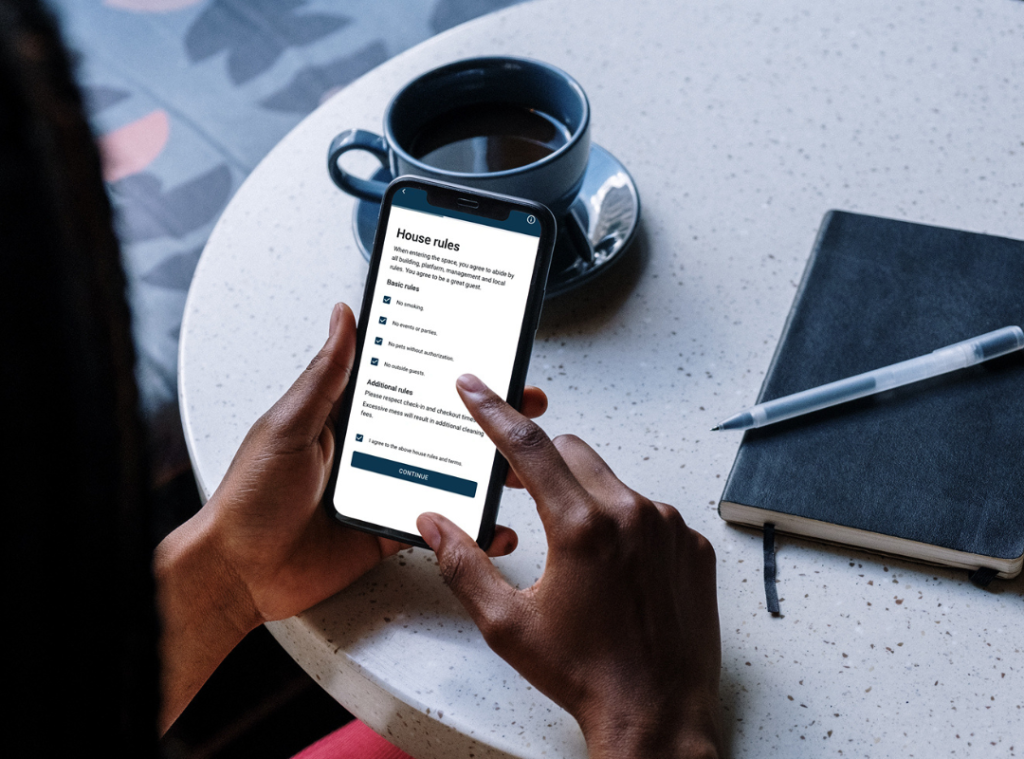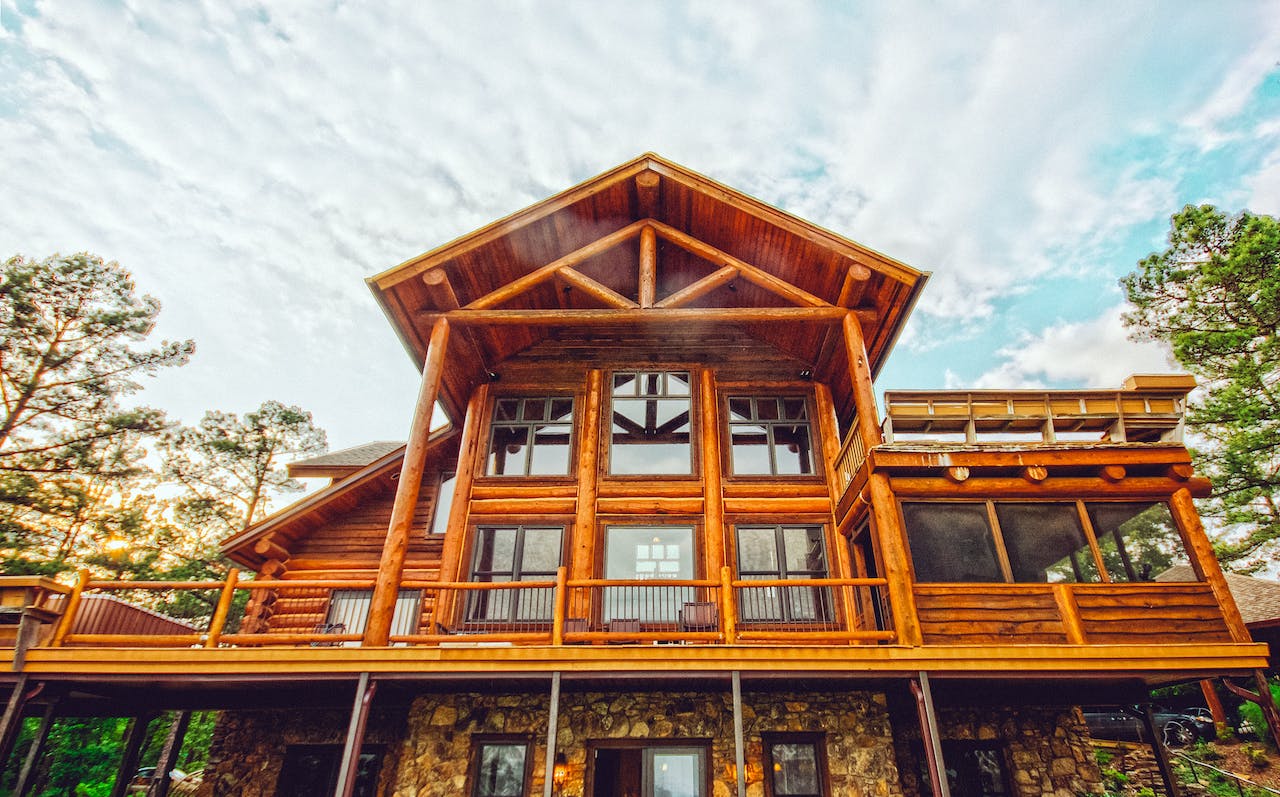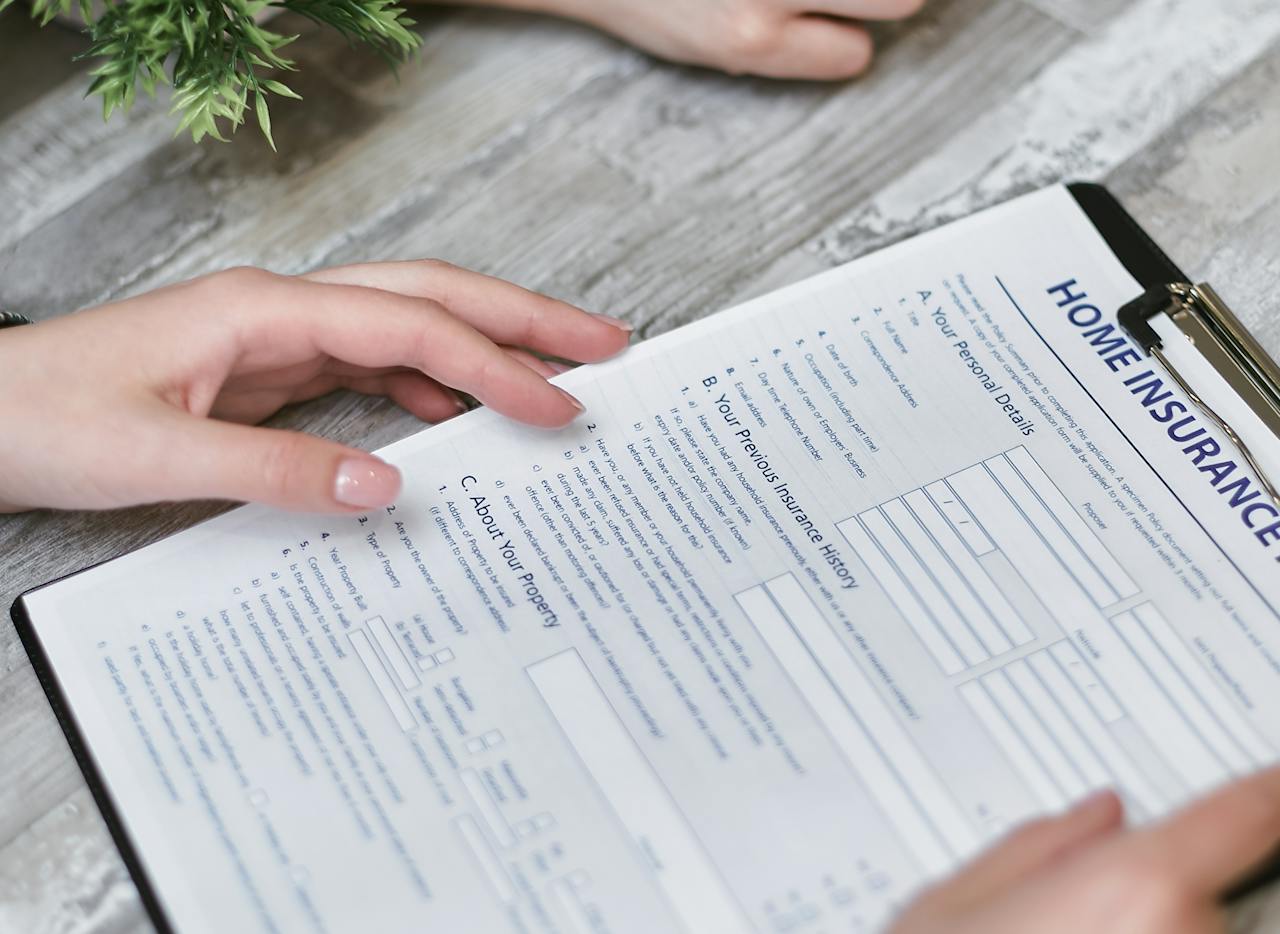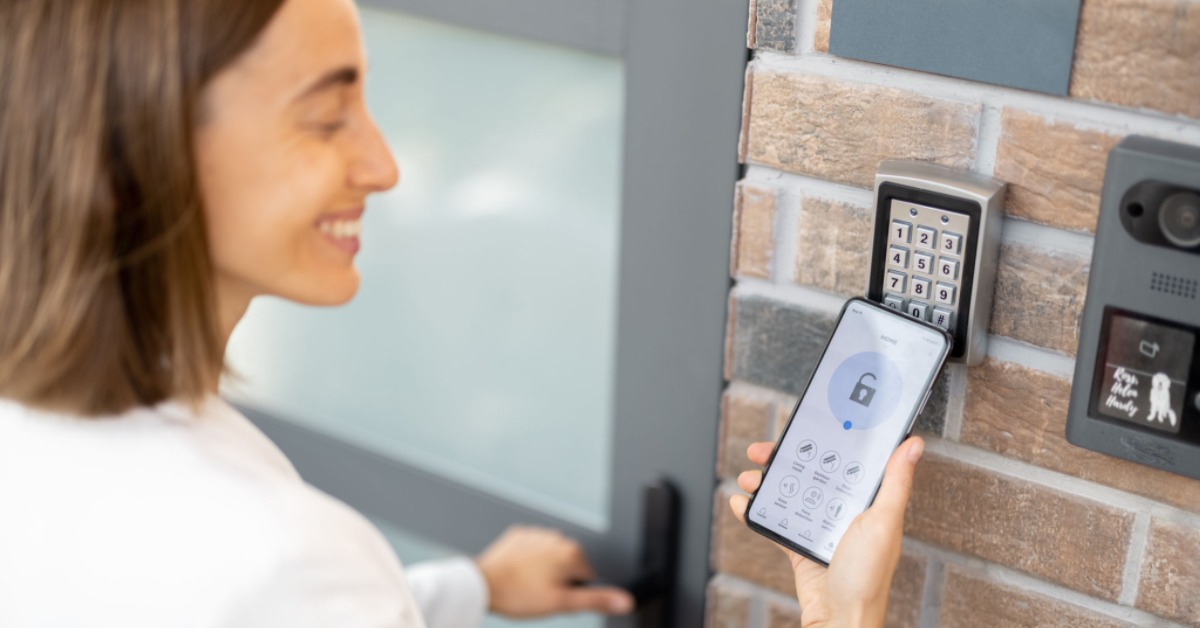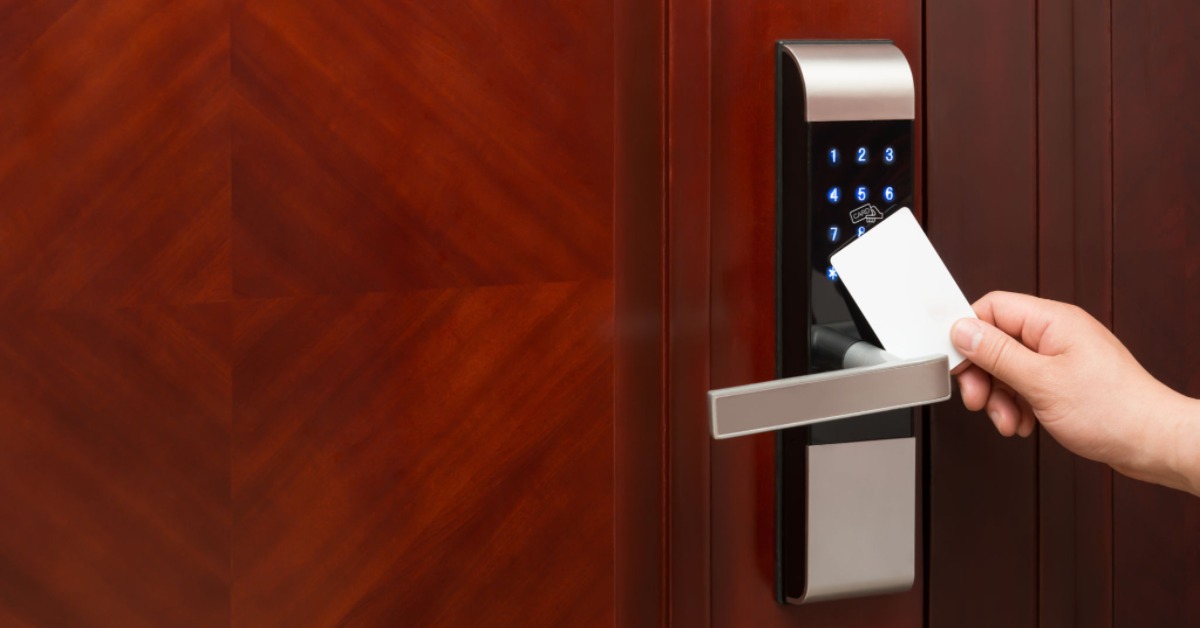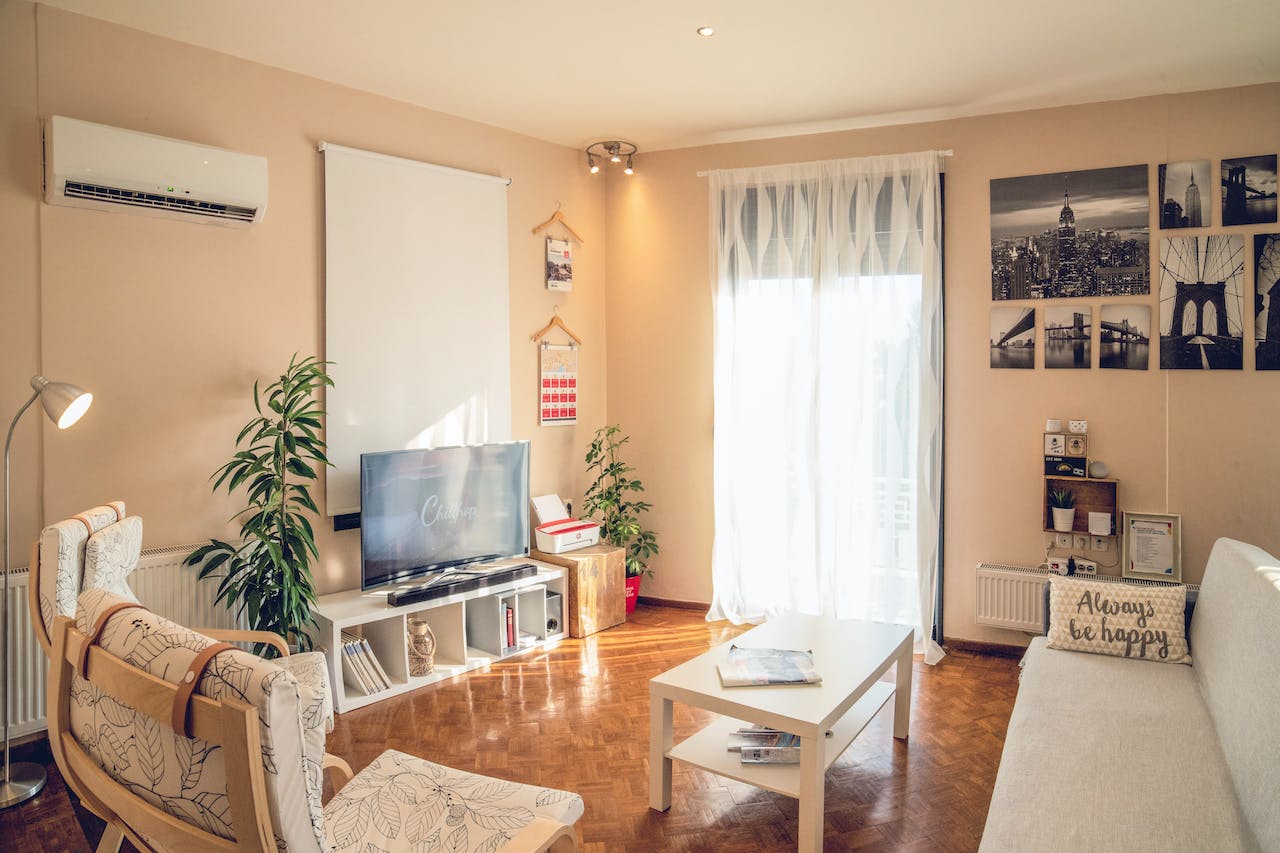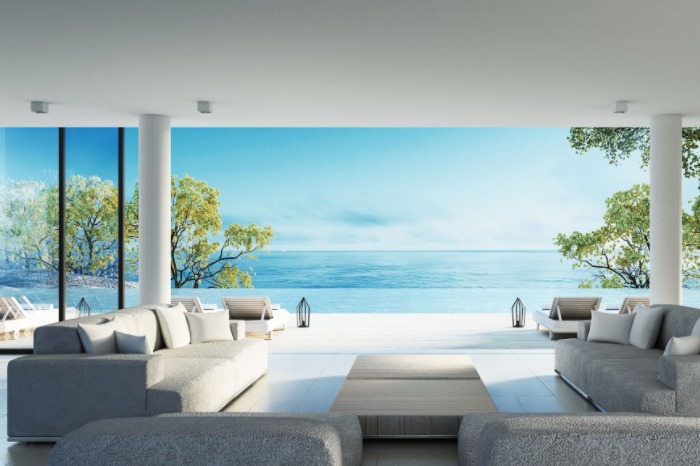In the landscape of urban living, the security and convenience of apartment buildings are paramount. With the increasing density of city living, apartment building buzzer systems have become an essential feature, evolving significantly over the years. Originally simple mechanical devices, these systems have transformed into sophisticated, integrated solutions that enhance security and offer unparalleled convenience to residents and property managers alike. The integration of technology in these systems has revolutionised how residents interact with their living spaces, ensuring security without compromising on ease of use.
The Basics of Apartment Building Buzzer Systems
An apartment building buzzer system serves as a critical component of a building’s security infrastructure. At its core, the system comprises several key elements: the buzzer itself, intercoms for communication, cameras for visual verification, and electronic locks to control access. The primary function of this system is to manage who enters the building. It allows residents to communicate with visitors and grant or deny access without physically going to the door or gate. This feature is not only convenient but also a crucial aspect of building security, especially in larger complexes where monitoring every entrance is challenging.
The evolution of these systems has led to the integration of advanced technologies. Today’s buzzers are often part of a more extensive network that can include video surveillance, remote access control, and even integration with smartphones and home automation systems. This technological advancement has made apartment living safer and more convenient than ever before.
Understanding Gate Buzzers
Gate buzzers are a specific type of buzzer system, typically used at the main entrance of an apartment complex. They serve as the first point of contact for visitors and are an essential part of the building’s security system. A gate buzzer allows residents to control access to the property, ensuring that only authorised individuals can enter. This is particularly important in larger complexes where controlling access can be challenging.
The functionality of gate buzzers has evolved with technology. Modern systems can include video cameras that allow residents to see who is at the gate, adding an extra layer of security. Some systems also allow for remote access, enabling residents to open the gate from their smartphones, whether they are at home or not. This feature is especially useful for letting in visitors or service providers when the resident is away.
Door Buzzer: The First Line of Defense
In an apartment building, the door buzzer acts as the first line of defence against unauthorised access. Positioned typically at the main entrance of the building or individual apartment units, door buzzers control access through a simple yet effective mechanism. When a visitor presses the buzzer, it alerts the resident, who can then communicate with the visitor through an intercom system. Depending on the system’s sophistication, the resident can see the visitor through a video feed, further enhancing the security aspect.
Door buzzers are particularly effective in multi-unit buildings where direct visual contact with the entrance is not possible. They provide a secure way for residents to verify the identity of visitors before granting them access. This system is crucial in urban settings, where managing access can directly impact the safety and security of the residents.
Advanced Features of Apartment Door Buzzer Systems
The contemporary apartment door buzzer system is a marvel of modern technology, blending security with convenience in innovative ways. Gone are the days of simple buzzers that only alerted residents to a presence at their door. Today’s systems are multifaceted, offering a plethora of advanced features.
One of the key advancements is wireless connectivity. This allows the buzzer system to be integrated into a broader home automation network, enabling residents to control access remotely via smartphones or tablets. Whether at home, at work, or on vacation, residents can see, speak with, and grant access to visitors from anywhere in the world.
Video surveillance has become another critical feature. Many modern systems come equipped with high-definition cameras, providing clear visuals of the visitor. This not only enhances security by allowing residents to visually verify visitors before granting access but also adds a layer of accountability, as these visuals can be recorded for future reference.
Remote access capabilities are also a game-changer. With this feature, property managers and residents can manage access permissions without physical keys or traditional access cards. This flexibility is particularly useful for large buildings or complexes where managing a multitude of keys can be cumbersome and security-ridden.
Door Buzzer Lock System: Combining Security with Convenience
The integration of door buzzer systems with electronic lock mechanisms marks a significant leap in apartment security technology. The door buzzer lock system is a sophisticated amalgamation of traditional buzzer systems and electronic locks, offering enhanced security and unmatched convenience.
These systems operate by allowing the door to be unlocked remotely through the buzzer interface. When a visitor is verified, the resident can unlock the door with the push of a button. This is particularly advantageous for elderly or disabled residents, who may find it difficult to physically open the door.
The benefits extend beyond just ease of use. The electronic nature of these locks means that they can be reconfigured quickly and easily, providing a flexible solution to access control. In the event of a lost key or a change in residency, the access codes can be changed without the need to physically alter the lock, enhancing security and reducing maintenance costs.

Implementing Door Buzzer Systems in Offices
While typically associated with apartment buildings, door buzzer systems are equally applicable and beneficial in office environments. In offices, these systems serve as a tool for managing access to the premises, ensuring that only authorised personnel and visitors can enter.
The key difference in an office setting is the scale and complexity of the system. Offices may require a more extensive network of buzzers and locks, often integrated with employee access cards or biometric systems. The system may also need to be more robust, capable of handling a higher volume of traffic and providing more detailed access records for security purposes.
However, the core benefits remain the same: enhanced security, controlled access, and the ability to remotely manage entry into the building. In today’s world, where security is paramount, these systems provide a vital layer of protection for businesses.
Choosing the Right Buzzer System for Your Apartment Building
Selecting the appropriate buzzer system for an apartment building is a decision that hinges on several factors. The size of the building is a primary consideration; larger buildings may require more complex systems with additional features like video surveillance and remote access.
Resident needs also play a crucial role in this decision. Buildings with a higher proportion of elderly or disabled residents may benefit from systems with more accessible interfaces and remote unlocking capabilities. Similarly, buildings in high-traffic urban areas may require more robust systems with enhanced security features.
Budget is another crucial factor. While advanced systems offer more features, they also come at a higher cost. Balancing the need for security and convenience with the available budget is key to making a practical choice.
Professional consultation can be invaluable in this process. Security experts and system providers can offer insights into the most suitable options based on the building’s specific requirements and constraints.
Integration and Compatibility Issues
Integrating a new buzzer system into an existing apartment building can pose several challenges. These range from technical compatibility with existing infrastructure to ensuring the system interfaces seamlessly with modern smart devices. One of the primary concerns is ensuring that the new buzzer system can effectively communicate with the building’s existing wiring and hardware. This can be particularly challenging in older buildings where the existing infrastructure may not support the latest technologies. In such cases, retrofitting may be necessary, which can involve additional costs and complexities.
Another crucial aspect is the system’s compatibility with smartphones and smart home systems. With the increasing prevalence of smart technology in homes, residents expect their buzzer systems to integrate seamlessly with their devices. This includes features like remote access, real-time notifications, and video streaming. Ensuring compatibility with a range of devices and operating systems is essential for the system’s effectiveness and user satisfaction.
Installation and Maintenance
Installing a new door buzzer system is a process that requires careful planning and execution. It typically involves several steps, including planning the system layout, installing the hardware, and configuring the software. It’s essential to work with experienced professionals who can ensure the installation is done correctly and efficiently, minimising disruption to residents.
Maintenance is another critical aspect of buzzer systems. Regular maintenance ensures the system remains functional and efficient. This includes routine checks of the hardware, software updates, and addressing any issues promptly. Proper maintenance not only extends the life of the system but also ensures it remains reliable and secure.
Conclusion
In conclusion, innovative apartment building buzzer systems are a cornerstone of modern urban living, offering enhanced security and convenience. From gate buzzers to advanced door buzzer lock systems, these technologies play a pivotal role in ensuring the safety and comfort of residents. When choosing a system, it’s crucial to consider factors like building size, resident needs, and budget, while also navigating the challenges of integration and maintenance.
As we continue to embrace the digital age, updating to a modern, innovative buzzer system is more than just a luxury; it’s a necessity for secure and convenient living. If you’re looking to upgrade your building’s security infrastructure, exploring the latest in buzzer technology is an excellent place to start. Contact a professional today to find out how you can enhance the safety and convenience of your apartment building with a state-of-the-art buzzer system.


